As the gardening season progresses, plants can quickly turn from young, green, and thriving to run-down, bug-bitten and diseased. A certain amount of pest and disease pressure is inevitable in the garden, especially once the heat and humidity of summer sets in. To keep plants as healthy as possible it’s important to take preventative measures and to keep an eye out for early signs of trouble. To help with this, we’ve pulled together a list of common pests and diseases that could be hitting your garden now. Some of these might be particularly problematic this year, depending on where you live!
Earwigs
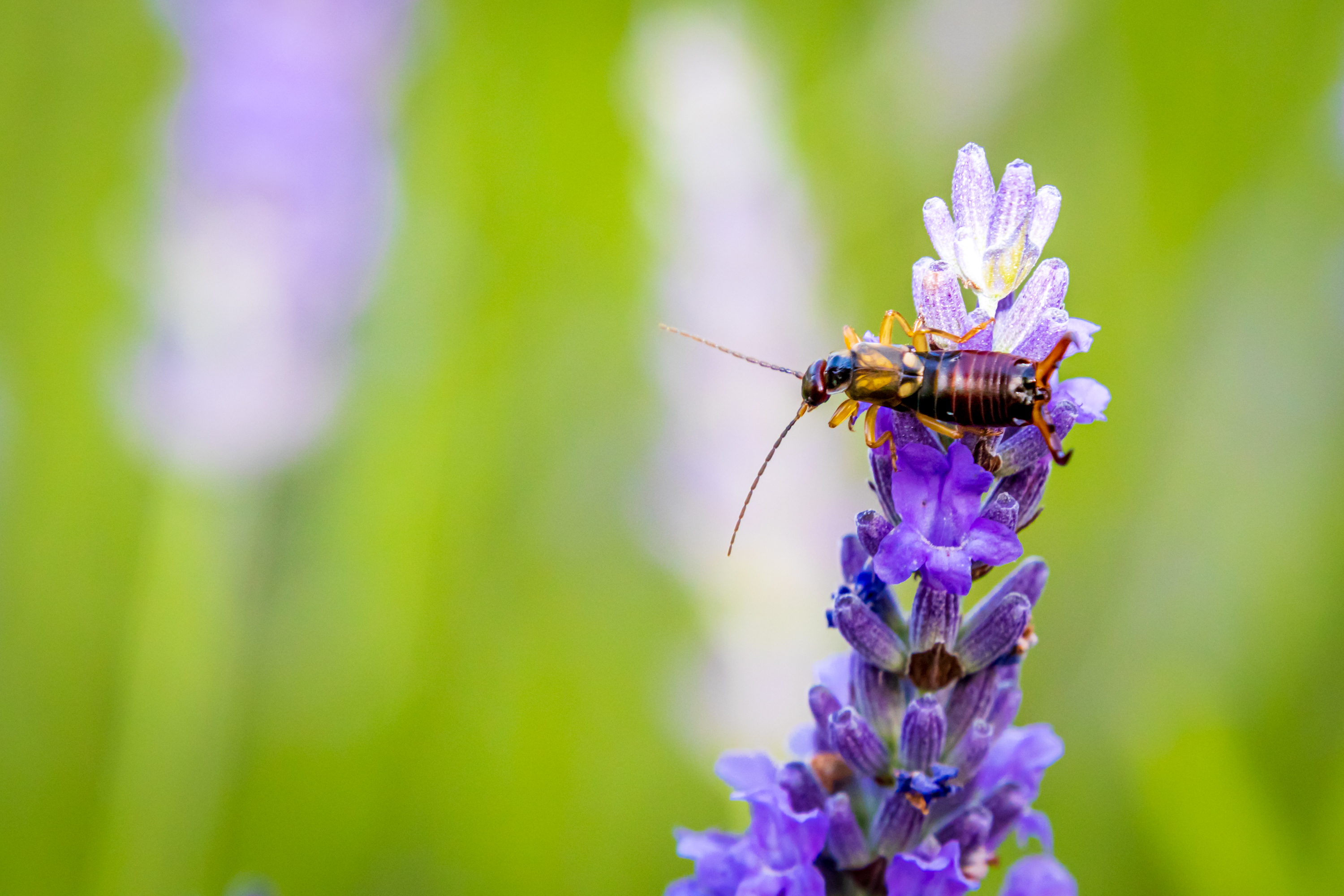
Earwigs are creepy-looking but also fascinating garden insects. It might be surprising to know that earwigs can actually be beneficial in the garden. They eat soft-bodied insects such as aphids that regularly devour our garden plants. However in some years- especially wet, rainy years- earwig populations can be so prolific that the damage they cause by also munching on plant leaves can outweigh their predatory benefits. Earwigs chew rough, jagged holes in leaves- so if you see this pattern extensively with large numbers of earwigs scurrying around it may be time to take action. One effective way to trap earwigs is using an oil trap- put vegetable or fish oil in a plastic container, cut an entry hole in the lid and bury the container at ground level. You can also use thin rolled-up tubes of newspaper which will act as a hiding spot for earwigs that you can then dispose of.
Slugs
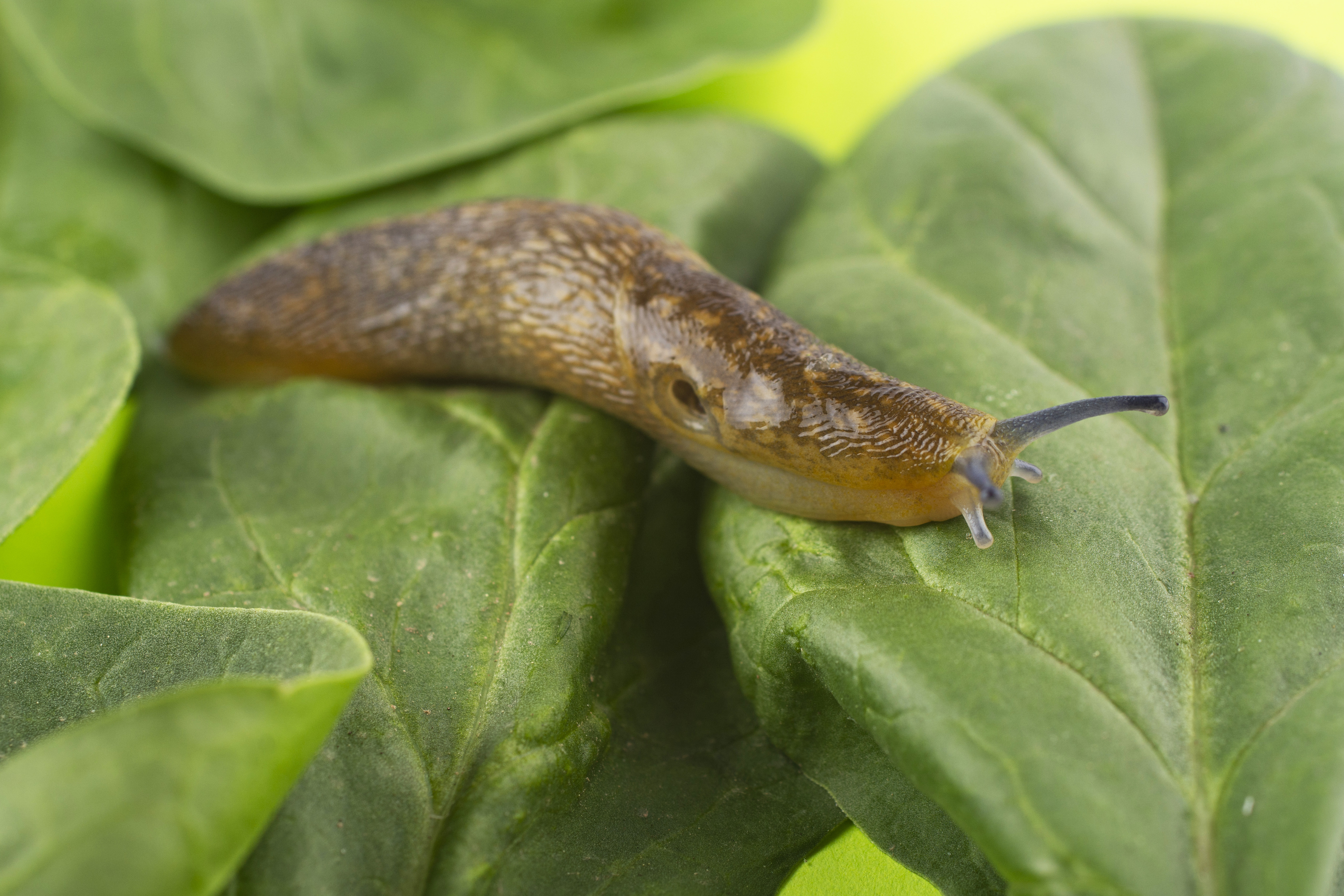
While slugs are one of the most common garden pests that tend to make their presence known in the wet weather of spring, a rainy summer can exacerbate slug activity in the garden. Slugs like to hide in shady, cool, damp areas of the garden and come out to feed at night. They will munch on virtually any garden plant- leaving irregularly-shaped holes in the leaves. Depending on the extent of feeding and how well-established the plant is, slug damage can range from minor to devastating. One of the best ways to control slugs in the garden is to remove as much potential habitat as possible- clear away excess mulch, remove any unneeded ground cover plants and dead plant debris. You can also come out at night to handpick slugs off affected plants- or if this is too much hassle, leave a trap of damp boards or newspaper and check the undersides in the morning for a collection of slugs to dispatch!
Japanese beetles
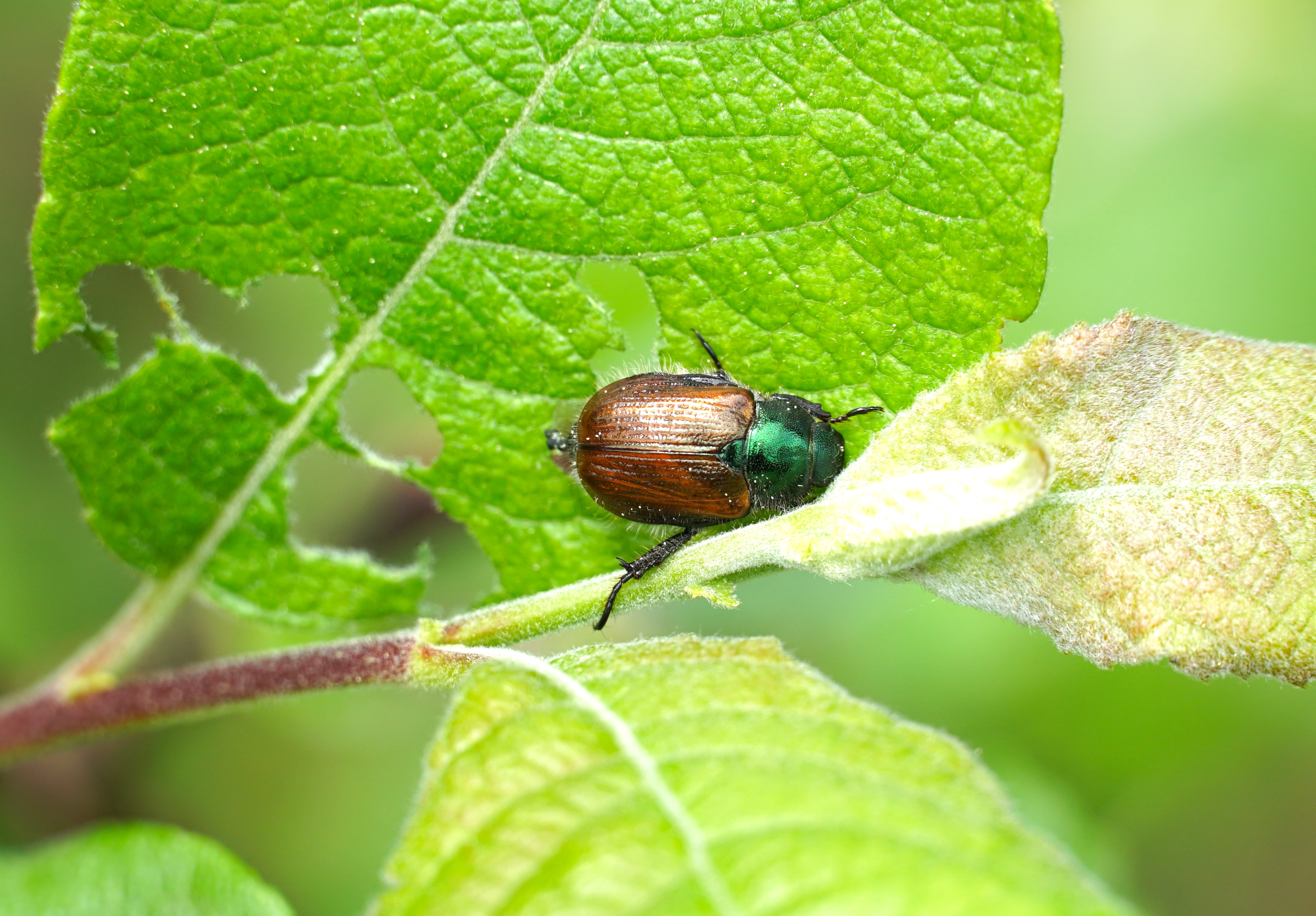
Japanese beetles are voracious garden pests that tend to devour plants in large numbers. They have distinct emerald-green heads and copper bodies. Japanese beetle grubs are well-known for the damage they cause by feeding on grass roots in lawns. Adult Japanese beetles are indiscriminate eaters in the garden that can attack a wide variety of both edible and ornamental plants. According to the Purdue University Forestry and Natural Resources Extension, the cooler weather followed by drought this spring may have delayed the beetle’s usual emergence, but with warm weather and rain rolling in they are primed to invade. There are many potential ways to control Japanese beetles- handpicking is possibly the most straightforward, although there are reports of gardeners using tennis rackets to knock large quantities of beetles into buckets with soapy water (I’m not sure I have the coordination for this!) Do not use beetle traps though, as studies have shown that they end up luring more beetles to your garden.
Blight
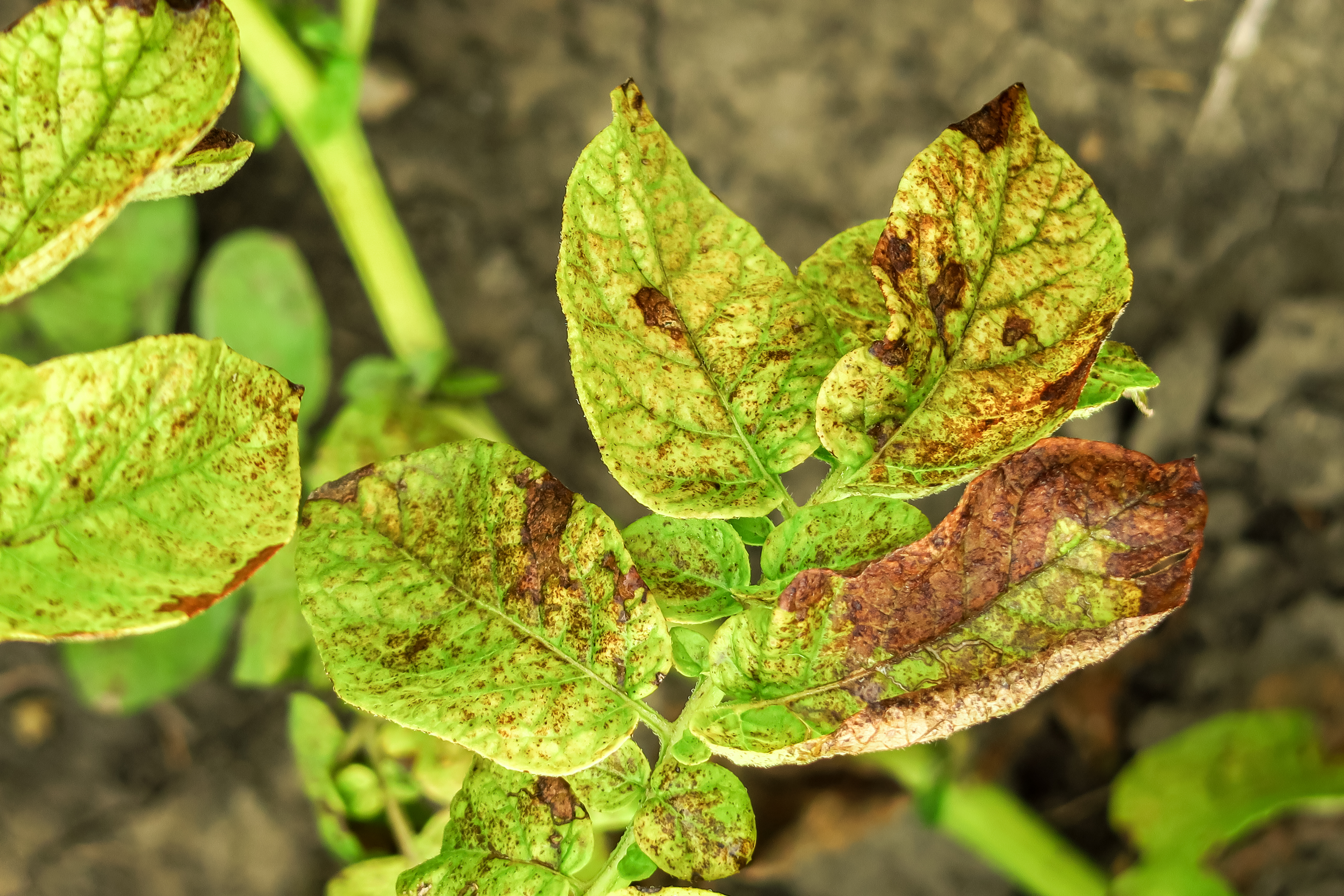
Blight is a sort of catch-all term for a variety of primarily fungal and bacterial diseases that can cause lesions, wilting, and die-back in plants. Some blights proliferate in hot and humid conditions, where others tend to take hold in cool and moist environments. While blight treatment and survivability depends on the specific pathogen and plant, following good garden practices can help prevent and stem the spread of blight. Look for disease-resistant plant varieties for plants that have struggled in your garden in the past. Ensure plants are properly spaced and pruned as needed to promote good air circulation. Remove leaves as soon as they show signs of disease, and if the plant is overtaken remove it entirely- it is usually best to dispose of it rather than adding it to the compost. Rotate plant locations to help prevent disease recurrence next season.
Powdery and downy mildew
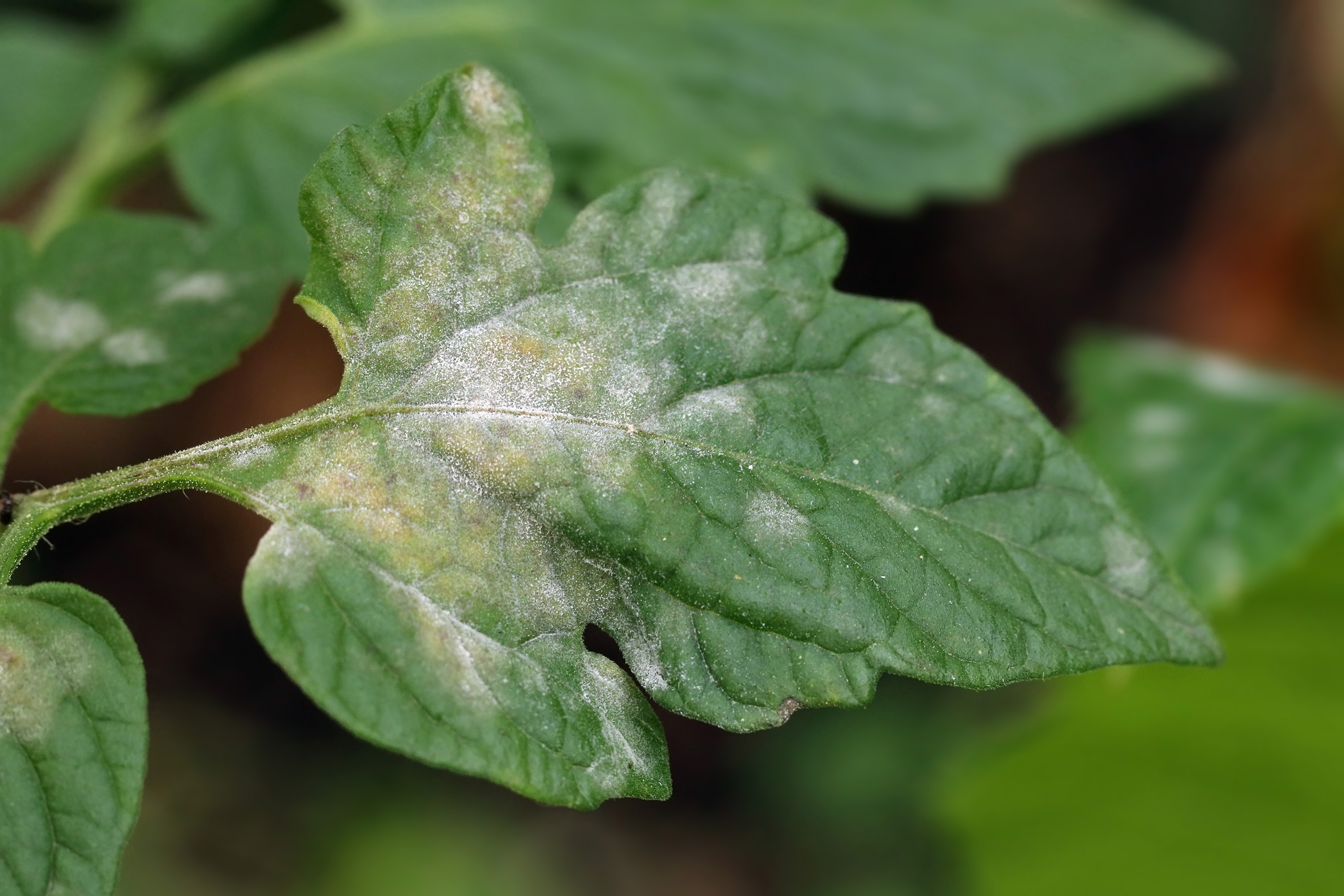
Downy and powdery mildew are both plant diseases that can flourish in cool, humid environments. While the names sound similar, they are different pathogens and they look quite different. Downy mildew is a ‘water mold disease’ that can easily be confused with a nutrient deficiency or a viral disease. First, a gray-ish fuzz may appear on the undersides of the leaves. As the disease progresses more noticeable yellow spots will appear on the upper leaf surface, often with black flecks on the underside. Eventually the leaves and flowers can die off. Powdery mildew looks like a white powder spread in circular spots on the leaf surfaces. Affected leaves can eventually turn yellow and wilt. While it’s not as immediately destructive as downy mildew, powdery mildew can stunt the plant and dramatically reduce yields. Similar to blight, it’s best to use preventative measures to try to avoid or at least slow the progression of downy and powdery mildew. Ensure your plants are grown in sunny locations with proper spacing and good airflow, and try to avoid splashing water on the leaves when watering. If a plant is afflicted, remove affected leaves where possible.
Don’t let the pests and diseases of the season put a damper on your summer harvests. Focus on maintaining healthy plants and take action when needed to keep pest and disease pressure at bay. Keep in mind there is no such thing as a 100% pest-and-disease-free garden- usually the goal is to minimize damage and slow down disease progression. And if any of your plants do happen to succumb, remove them right away and plant something new in their place!
